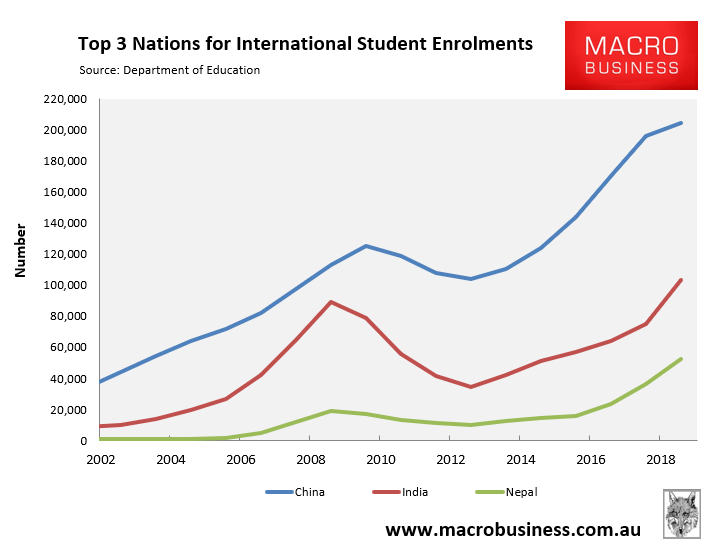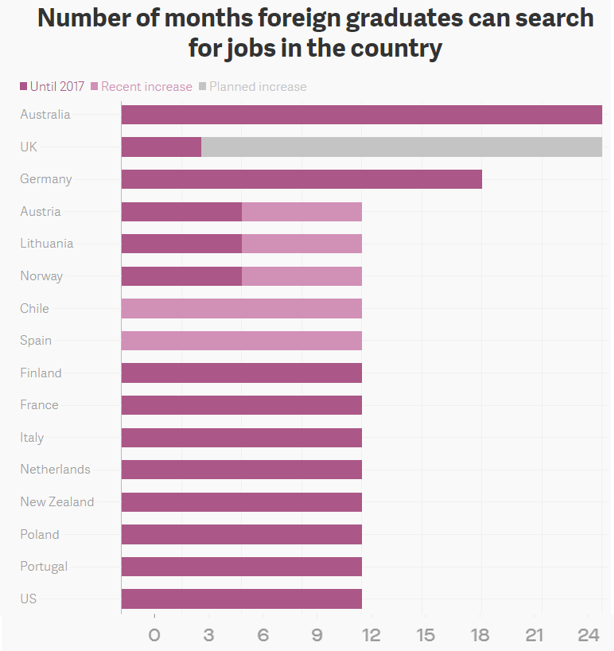Earlier this month, we reported that the Department of Home Affairs had deemed international students from India, Nepal and Pakistan as “high-risk”, which means these students must now prove strong English-language proficiency plus show they have access to sufficient funds in order to qualify for a student visa.
According to SBS News, the Department of Home Affairs has also increased the financial capacity requirement, thus making it even harder for these students to obtain a visa:
Student visa aspirants from these countries [India, Nepal and Pakistan] are now required to demonstrate that they have sufficient funds to meet the cost of living in Australia and travel expenses in addition to their course fees.
The Department of Home Affairs has increased the annual expenses to $21,041 that a single applicant is required to demonstrate the evidence of, in addition to the course fee, in order to satisfy the primary criteria for the Australian student visa.
Visa applicants with their spouses or de facto partners will have to provide evidence of another $7,362 and for those with a dependent child, another $3,152. In case of school-going child, $8,296 will be required in addition.
“These funds are normally shown by way of genuine savings or fixed deposits. Alternatively, the parents can give evidence of their annual income to support a student visa applicant,” Melbourne migration agent Ranbir Singh told SBS Punjabi.
The Department has raised the minimum annual income that an applicant’s spouse or parents have to provide evidence of in case they can’t show the required funds, to over $62,000 for a single applicant and $72,592 if there’s a secondary applicant…
Migration agents say the increase in the financial capacity requirement coming close on the heels of downgrading the assessment level will adversely affect student numbers from these countries.
“It’s definitely going to have an effect, especially since the students are now required to not just show the evidence of funds but also that of English language proficiency, and the required funds being increased within a month of that big change,” migration agent Jujhar Bajwa says.
This is a big deal because India and Nepal are Australia’s second and third largest source of international students, as well as being among the fastest growing:

These changes come on top of the 30,000 cut to Australia’s non-humanitarian migrant intake, which has reduced the probability of gaining permanent residency.
It also follows the United Kingdom’s announcement that it would copy Australia’s two-year post-study visas, thus ending Australia’s special advantage:

Already, several Australian tertiary institutions have capped Indian student admissions, as well as cancelled existing confirmation of enrolments.
Therefore, Indian international student enrolments are set to decline as these students either cannot meet the tightened visa and admission requirements, or they choose to study elsewhere (e.g. the United Kingdom).
With the stroke of a pen, the Department of Home Affairs has effectively burst Australia’s international student bubble.

